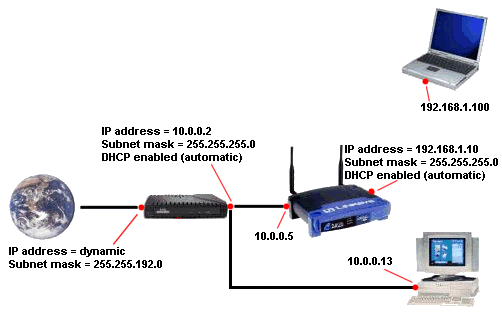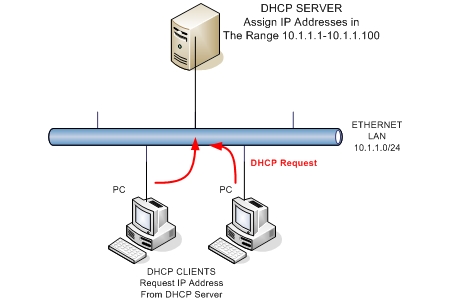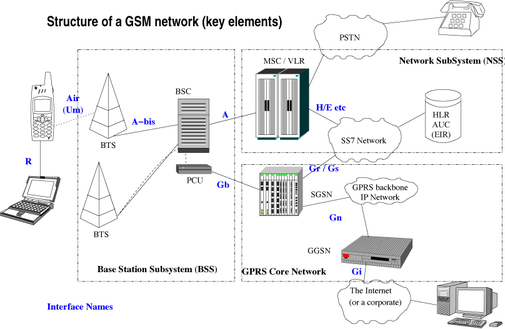Learn About Free Proxy Servers, How to Unblock Websites, Surf Anonymously

Perhaps you are blocked from visiting MySpace or Facebook at work. Maybe you just want to make sure that you won't be a victim of identity theft. Or you might want to check out your bank balance at an Internet cafe - and don't want anyone to know your account or your password.
Whatever your reason - unblocking websites, protecting your identity, or surfing anonymously, free proxy servers can accomplish all of these tasks for you.
Learn where to find free proxy sites, how to use them, and their benefits here at our page dedicated to free proxy servers.
Whatever your reason - unblocking websites, protecting your identity, or surfing anonymously, free proxy servers can accomplish all of these tasks for you.
Learn where to find free proxy sites, how to use them, and their benefits here at our page dedicated to free proxy servers.

A lot of people are scared and concerned about their anonymity online. With many cyber criminals just waiting to steal your identity - including your personal details such as credit card numbers, one has to be a little more careful when surfing on the Internet.
It is even more crucial when you are using a public computer to view personal information. For example, if you were to go to an Internet cafe checking your bank account information, the next person to use the computer could potentially access your banking information.
But, if you use a proxy server, none of your sensitve information is stored on the computer that you are sitting at, ensuring that all your sensitive and personal information remains safe and secure.
It is even more crucial when you are using a public computer to view personal information. For example, if you were to go to an Internet cafe checking your bank account information, the next person to use the computer could potentially access your banking information.
But, if you use a proxy server, none of your sensitve information is stored on the computer that you are sitting at, ensuring that all your sensitive and personal information remains safe and secure.
Why Use A Free Proxy Server?
Free proxy servers protect your identity online
“Protect yourself from identity theft with a free proxy website when using public computers”
The Truth About Public Computers
Ask yourself this: is there any privacy in public?
 Alright, let me shatter some myths for you.
Alright, let me shatter some myths for you.Most Internet cafés claim that they are safe places for you to surf the Internet. The one thing that they don't do is tell you how to protect your sensitive information.
The biggest problem is that computers store cookies which have information about the sites you visit and these sites may save a cookie when you enter the password.
This can translate into a problem if you forget to delete the cookies and history when you logoff the public computer that you are using. If you do forget, there is the possibility that the next user could access that information and use it to gain access to the sites you visited while at the public computer.
So are public computers private and safe?
Neither.
Unless you know the precautions you need to take to erase your tracks (or use a free proxy server), don't visit any sites that you have to login to access them (think e-mail and membership sites) and don't visit any of your banking sites while on a public computer.
Try These Free Proxy Websites
Safe, Secure, Anonymous Proxy Servers
Do you worry about your anonymity online? Or are you blocked from your favorite website at work or school? Try some of these proxy websites.
- Free Proxy Server
- This free proxy server has one cool design. This is a web proxy that allows you to unblock MySpace, unblock Facebook, and more.
- Bypass School Filter
- Designed primarily to be used at school you can use Bypass School Filter to visit MySpace, Facebook, Bebo, Orkut and more.
- MySpace Proxy
- Perhaps one of the most commmonly blocked websites online is MySpace. Unblock MySpace with this fast and beautifully desined site.
- Orkut Proxy
- Orkut is another social networking site that is typically blocked at work. Enjoy the speed and privacy provided by our Orkut inspired web proxy.
- Free Proxy Website
- Brand new free proxy website that will allow you to visit My Space, Facebook, Orkut, and all of the other favorite websites that you love.
Have you used free proxy servers?
Share your experiences with anonymous web surfing.
I know that a lot of you have never heard of free proxy servers before - but a lot of you have. Share your experiences (good and bad) with free proxy servers, anonymous surfing, and identity theft.




















